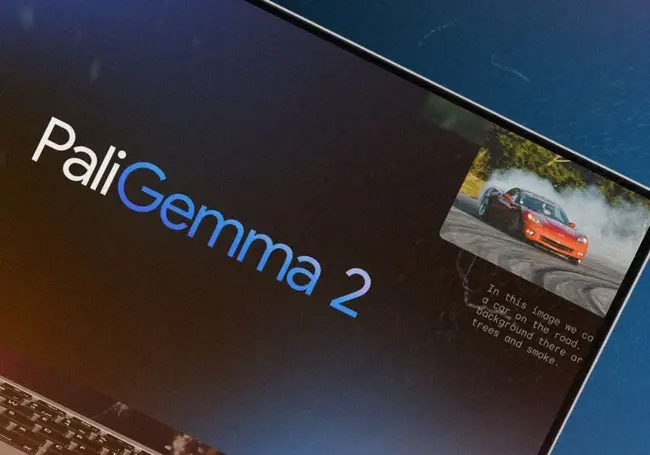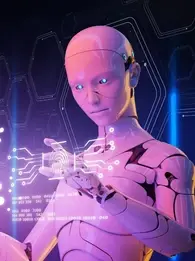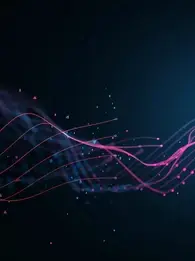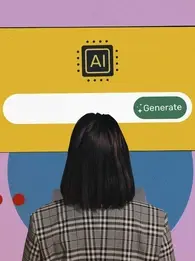
Google has just announced its latest AI family upgrade. Among significant enhancements the tech giant also claim that the advancements allow the vision language model to identity emotions in the images that it processes
“PaliGemma 2 generates detailed, contextually relevant captions for images, going beyond simple object identification to describe actions, emotions, and the overall narrative of the scene” a blog post from Google's own Research Engineer, Daniel Keysers, and Staff Software Engineer, Andreas Steiner, read.
What is PaliGemma 2?
PaliGemma 2 is a vision language AI model from Google. It builds on the original PaliGemma model released earlier this year.
It connects the SigLIP image encoder into the Gemma 2 language model. This creates a versatile and powerful model for visual and language related tasks.
This includes generating detailed descriptions of images and accurately answering questions about an image. It also includes accurately detecting objects, segmenting specific regions of the image as well as extracting and understanding visual text within an image.
PaliGemma vs PaliGemma 2
PaliGemma 2 builds on Google’s previous PaliGemma model, making key improvements in a number of ways.
The key update is that PaliGemma 2 offers improved performance compared to its predecessor. This means it is better at a few key areas including:
Image captioning: PaliGemma 2 has a greater comprehension of images, this means it’s able to create better captions that describe the images including more fluent, expressive descriptions that better capture the nuances of the images.
Read: What is Google Veo? Inside the AI Video Generator
Visual question answering: PaliGemma 2 has improved reasoning, meaning it can more accurately answer complex questions about images. It is especially better understand spatial relationships between objects in an image.
Object detection: The model is able to better detect objects within images, even if there is a complex background.
What will PaliGemma 2 be used for?
As PaliGemma 2 is such a versatile model, there are a wide range of potential uses.
For example, in healthcare, PaliGemma 2 could be used to analyse both in diagnosis and treatment. It can also insist on drug discovery as it can analyze large amounts of visual data to find patterns.
Read: Google's Med-Gemini AI is here. Will it Revolutionize Healthcare?
In retail the model can assist with visual search, allowing users to search for products using images rather than text based descriptions.
Whereas for education PaliGemma 2 could be used to increase accessibility for visually impaired student, such as by creating a personalized learning experience and ensuring there is thorough descriptive text for any visual elements that can be transformed into audio using another mode or teachers audio description.
In environmental science, PaliGemma 2 could analyze satellites to monitor visual environmental changes and identify and even track endangered species across the world.
As PaliGemma 2 continue to advance it is likely we will continue to see even more impressive applications of its technology.
How to use PaliGemma 2?
If you’re a developer it is easy to download Google’s latest AI visual model, PaliGemma 2.
1. First visit Google’s profile on Hugging Face or Kaggle.
2. Download the pre-trained models and code.
3. Integrate PaliGemma 2 into your projects using your preferred framework.















Comments ( 0 )